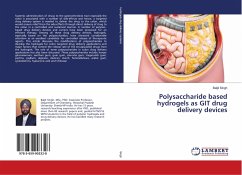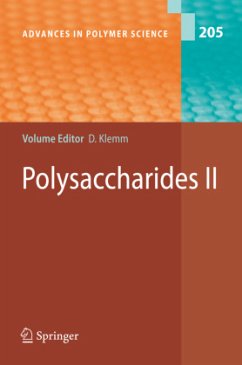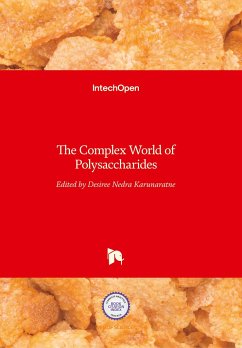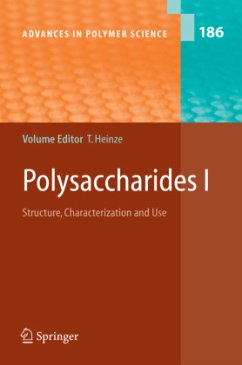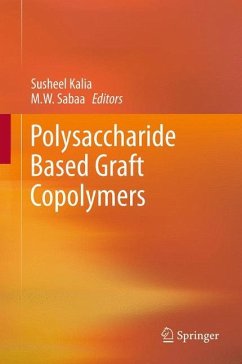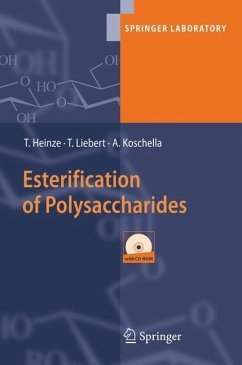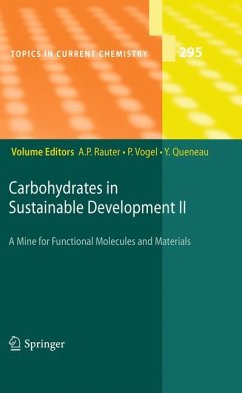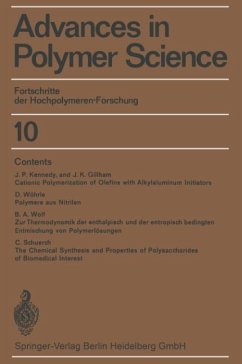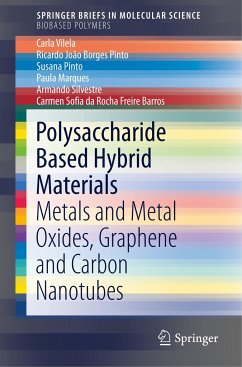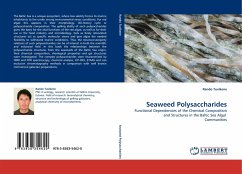
Seaweed Polysaccharides
Functional Dependencies of the Chemical Composition and Structures in the Baltic Sea Algal Communities
Versandkostenfrei!
Versandfertig in 6-10 Tagen
39,99 €
inkl. MwSt.

PAYBACK Punkte
20 °P sammeln!
The Baltic Sea is a unique ecosystem, where low salinity forces its marine inhabitants to live under strong environmental stress conditions. For red algae this appears in their morphology, life-history cycle or polysaccharide composition. The gelling ability of such polysaccharides gives the basis for the vital functions of the red algae, as well as for their use in the food industry and microbiology. Gels as finely reticulated structures act as specific molecular sieves and give algae the needed flexibility to withstand marine conditions. Thus the structure-property relations of such polysacc...
The Baltic Sea is a unique ecosystem, where low salinity forces its marine inhabitants to live under strong environmental stress conditions. For red algae this appears in their morphology, life-history cycle or polysaccharide composition. The gelling ability of such polysaccharides gives the basis for the vital functions of the red algae, as well as for their use in the food industry and microbiology. Gels as finely reticulated structures act as specific molecular sieves and give algae the needed flexibility to withstand marine conditions. Thus the structure-property relations of such polysaccharides can be of interest in both the scientific and industrial field. In this book the relationships between the polysaccharide structures from the seaweeds of the Baltic Sea origin, their chemical composition, rheological properties and gel structures were investigated. The complex polysaccharides were characterized by NMR and FTIR spectroscopy, chemical analysis, ICP-OES, ETAAS and size exclusion chromatography methods in comparison with well known commercial galactan preparations.




